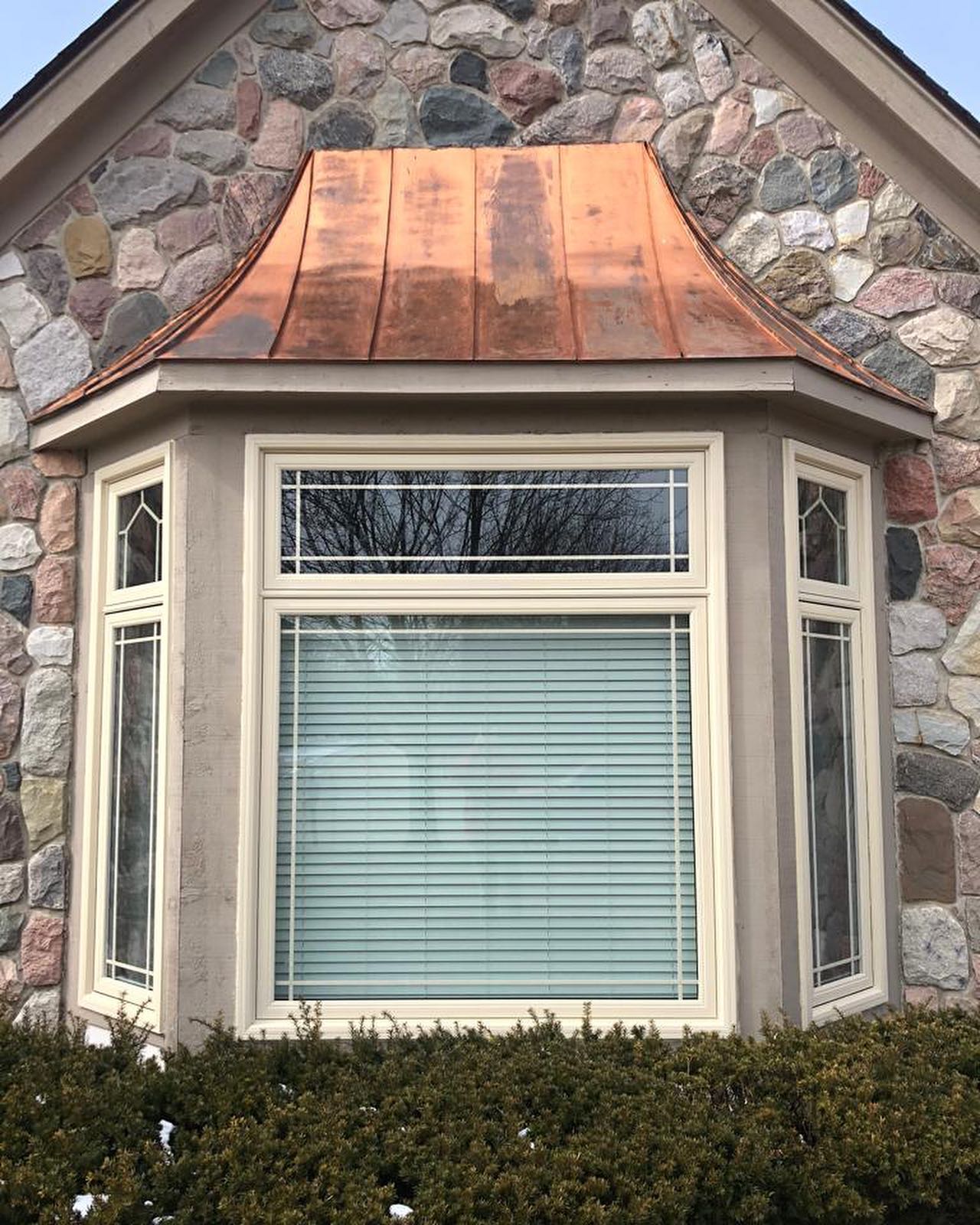
When you're thinking about upgrading the windows in your home, the choice between bay vs. bow windows is something that many homeowners ponder. Both styles are elegant, provide extra space, and enhance natural light.
But how do you know which one is the best fit for your home? Let's break down the differences so you can make a well-informed decision.
Bay windows are a popular style that adds a bit of flair to a home's exterior wall. They consist of three sections, with a larger window in the center and two smaller windows on either side. These windows are usually angled, creating a more defined structure that sticks out from the house.
Bay windows are often used to create cozy reading nooks, add storage space under the window, or even just let in more natural light. This style can make a room feel more open without requiring any major changes to your house's layout.
If you're looking for a classic look with a bit more room to sit and enjoy the view, a bay window might be a perfect choice.
Bow windows are similar to bay windows but with a few key differences. Instead of just three sections, bow windows can have four, five, or even six panels that form a more rounded curve. This rounded shape gives the window a softer, more elegant look. Bow windows are often larger and can wrap around a corner, offering a panoramic view.
While bow windows provide more glass surface and light control than bay windows, they do take up more wall space due to the multiple panels.
Bow windows are a good fit if you want to maximize your view of the outside and you have the extra wall space available.
Understanding the differences between bay vs bow windows comes down to a few key factors, including the number of panels, the shape of the window, and how much space each option takes up. Here's a simple breakdown of their main differences:
It's important to choose the style that not only complements your home's architectural style but also fits the available space.
Bay windows offer a lot of versatility in both function and style. They're perfect if you want a bit more space without making a room feel too crowded. Here are some of the benefits:
If you're looking for a window replacement style that offers both beauty and function, a bay window is a great option.
While bay windows have their perks, bow windows are all about maximizing your view and adding a luxurious touch to your home. The curved design creates a stunning focal point both inside and out. Here are some key benefits:
If you have the space for it, a bow window can make a room feel larger and more connected to the outdoors.
Choosing between bay vs bow windows ultimately comes down to your home's design and your personal preferences. Here are a few things to consider:
Think about how you want to use the space, the amount of light you need, and your overall interior design preferences.
If you've decided on either bay or bow windows, the next step is installation. Here are some tips to keep in mind for both types:
Proper installation is essential for maximizing the benefits of either type of window.
If you're still unsure about which window style to choose or need help with the installation process, Alexandria Home Solutions is here to assist. We specialize in professional window installation and can help you decide whether bay or bow windows are the best fit for your home.
Our team is ready to guide you through every step, from selecting the right window types to ensuring a smooth and efficient installation. Whether you're leaning toward a cozy bay window nook or the expansive views of a bow window, we've got the expertise to make it happen.
Don’t just take our word for it, check out our client reviews! Our satisfied customers rave about the seamless window installation, quality craftsmanship, and how their new windows transformed their living space. Let us help you transform your home with stylish and functional windows that fit your needs perfectly!
The key difference between bay vs. bow windows lies in their design and configuration. Bay windows consist of three sections with angled windows, while bow windows typically have four to six panels, creating a rounded appearance. Bay windows are compact and fit well in smaller spaces, offering a high-end look with extra seating or storage. On the other hand, bow windows require more wall space but provide a larger curved structure with enhanced natural light and expansive views. If you're looking to add more interior space and have the room to accommodate it, bow windows are an excellent choice.
Installing a bay window can significantly enhance your home's architectural style and curb appeal. Bay windows create a spacious interior space and offer a beautiful exterior view. The addition of a bay window allows more natural light to enter the room, brightening up the space and improving energy efficiency. The versatility of a bay window also opens up options for window types, and the frame material can be customized to match your home exterior and interior design preferences.
Energy efficiency is a key consideration in window installation. Energy-efficient windows, such as bay windows or picture windows, help maintain comfortable temperatures by minimizing heat loss. Proper installation and insulation properties are essential for reducing air circulation and keeping your home comfortable year-round. Choosing the right window glass and frame material, along with glass panels that offer better insulation properties, can enhance the overall energy efficiency of your home.
When selecting window types, consider the architectural style of your home and how the windows complement both the interior design and home exterior. For instance, bay windows add an elegant touch, while picture windows provide unobstructed views and natural light. Also, factor in glass types and frame materials, which contribute to the structural support and overall home value. Customization options, such as shape options and glass panels, allow you to personalize your windows to suit your specific needs.
To ensure the success of your window installation, it’s important to follow installation instructions closely and consider installation complexity. Proper structural support and securing the right window frame material are essential for the long-term performance of your windows. Additionally, consider insulation properties and glass options to boost energy efficiency. If you're unsure about the best fit for your home styles or need expert advice, a design consultation can help guide your decision, ensuring your windows add both beauty and function to your home.
